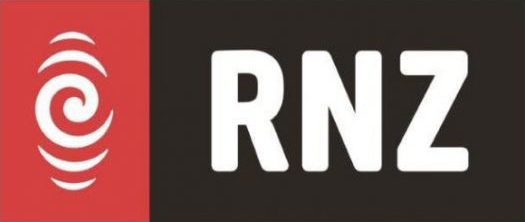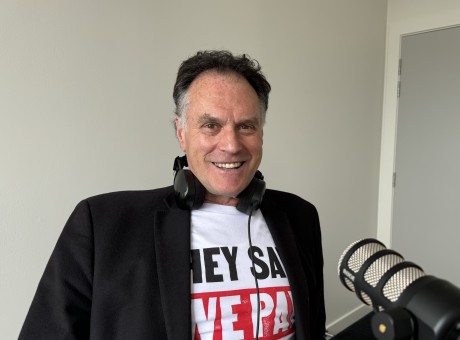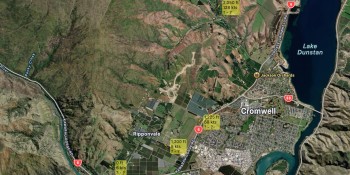Economy contracts sharply as GDP falls 0.9% in June quarter

- Economy shrinks 0.9 pct in June quarter, -1.1 pct on year ago
- Expectations were for a fall between 0.3-0.5 pct
- Primary production, manufacturing, construction lead the decline
- Telecommunications/media, public spending, rental sectors expand Data over recent months show mixed and tepid activity, backs further Reserve Bank Rate cuts this year to 2.5 pct
- The economy had a worse than expected slump in the middle of the year as weaker manufacturing, construction, and agriculture activity fell sharply, backing the case for further interest rate cuts.
Stats NZ data shows gross domestic product (GDP) - the broad measure of economic growth - fell 0.9 percent in the three months ended June, to be 1.1 percent lower than a year ago.
Expectations had been for a quarterly contraction of about 0.4 percent, although growth for the previous quarter was revised marginally higher to 0.9 percent.
"GDP has now fallen in three of the last five quarters," Stats NZ spokesperson Jason Attewell said.
Finance Minister Nicola Willis was pinning the blame for the economy's slump on global turmoil and uncertainty driven by the United States' tariff roll-out.
In a statement, she said the US announcement resulted in firms and households putting off spending decisions.
"The economy had been growing strongly in the previous six months, but suddenly had the stuffing knocked out of it," Willis said.
"I feel for people and businesses who have been affected."
Willis said there were signs the economy was growing again as interest rates fell.
"Lower interest rates are filtering through the economy. There is evidence of increased mortgage lending. And the impact of tariffs has not been as disruptive as initially feared. The outlook for most export sectors remains positive.
"All forecasters are expecting economic growth to strengthen from now on as uncertainty about the impact of increased tariffs eases."
Stumble into economic pothole
The weakest sectors were manufacturing, which fell 3.5 percent, primary industries down 0.7 percent, and construction down 1.8 percent.
There were smaller negative hits from transport, financial services, retail, and healthcare.
Overall 10 of the 16 industry groups contracted in the quarter.
Among the few bright spots were rises in telecommunications and internet services, rental and real estate services, and public administration spending.
Individual shares of the economy - per capita GDP - fell 1.1 percent,.
The country's purchasing power (disposable income) improved 0.9 percent for the quarter.
Slow recovery
The latest GDP reading has already been overtaken by more recent data with the monthly surveys of the manufacturing and services struggling to gain any traction, despite positive sentiment surveys.
Retail sales have also been tepid, the housing market moving sideways, and construction stumbling, while inflation pressures driven by food prices have notched higher.
Economists have said consumers remain concerned about the weak labour market and the continued high cost of living, while lower interest rates have failed to lift sentiment or activity.
Forecasts are for a gradual pick up in growth later in the year to around 1 percent, rising through 2 percent next year.
More rate cuts
The Reserve Bank last month cut the official cash rate (OCR) by 25 basis points to 3.0 percent and signalled there will likely be two further similar sized cuts in October and November.
The rate setting monetary policy committee was split four to two on whether to cut by 25 or 50 basis points, but the RBNZ's indicative rate path was pointing to a low of 2.5 percent by year end.
Economists have said there is sufficient slack in the economy to counter what should be a temporary spike in inflation towards the top of the 1-3 percent target band.
Most forecasters are expecting a gradual improvement towards the end of the year as lower interest work their way through households and the economy, with growth touching 1 percent early next year, but if the economy continues to under perform the RBNZ may be forced to cut further.





















